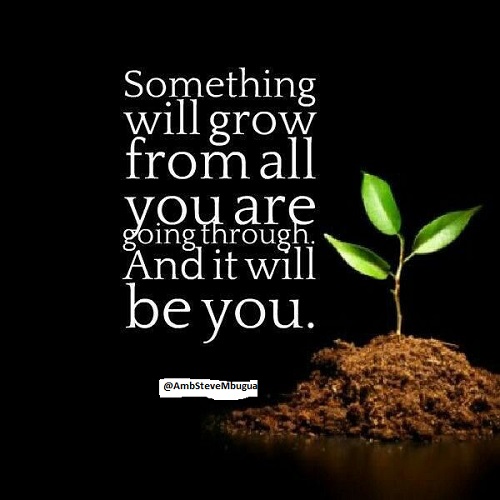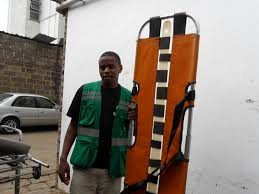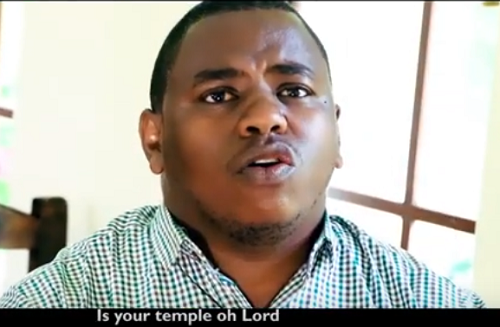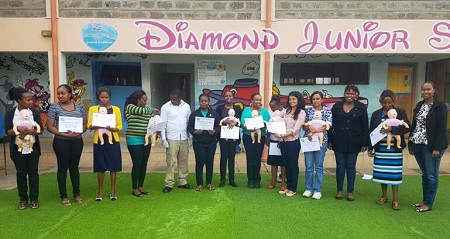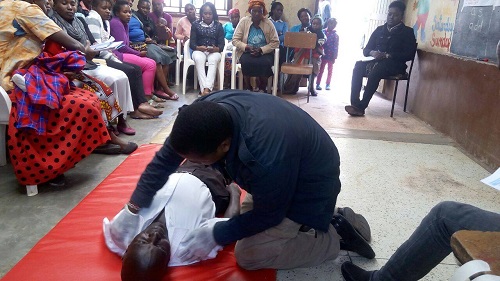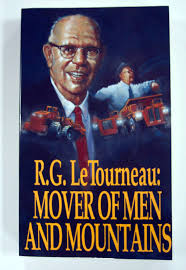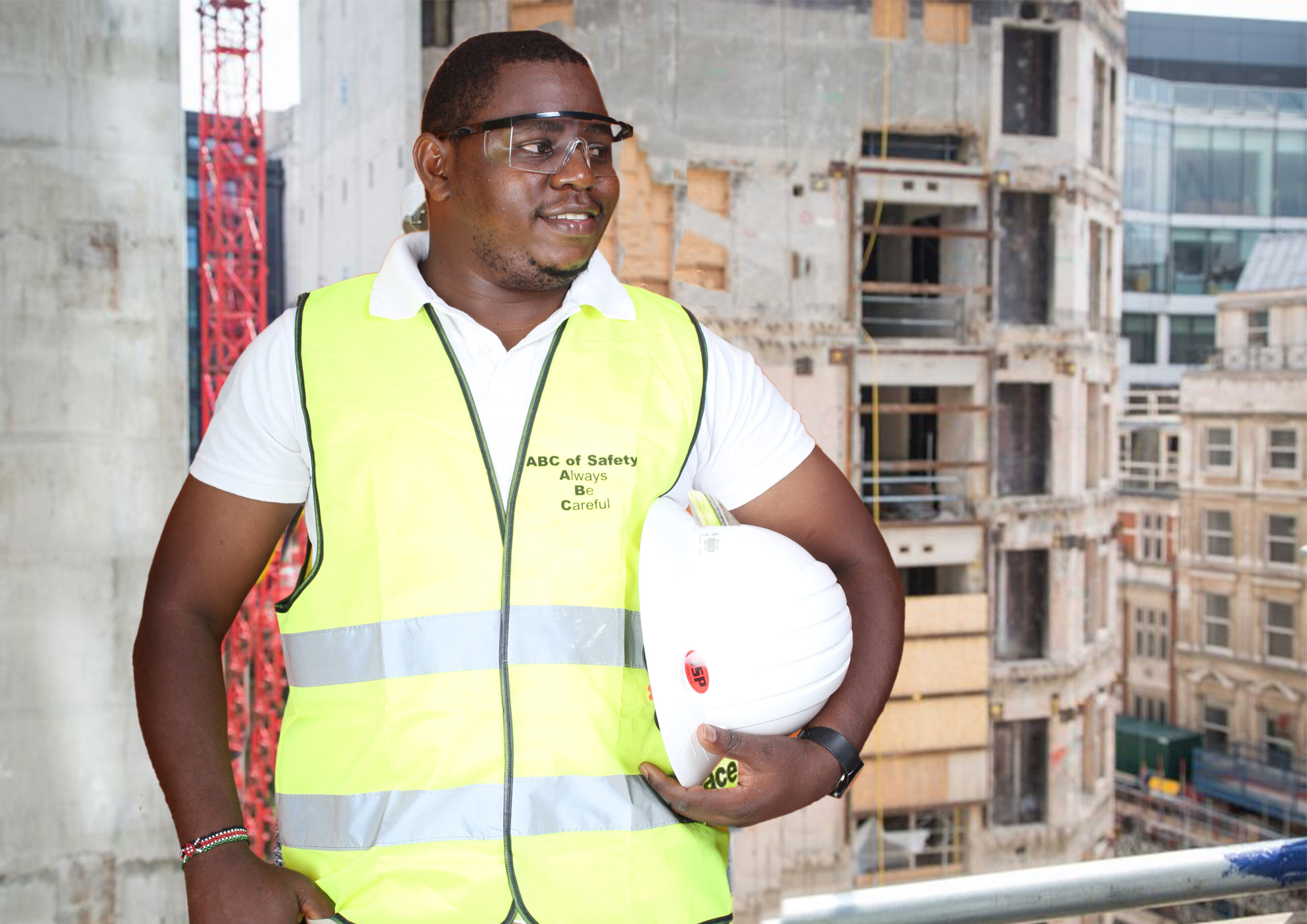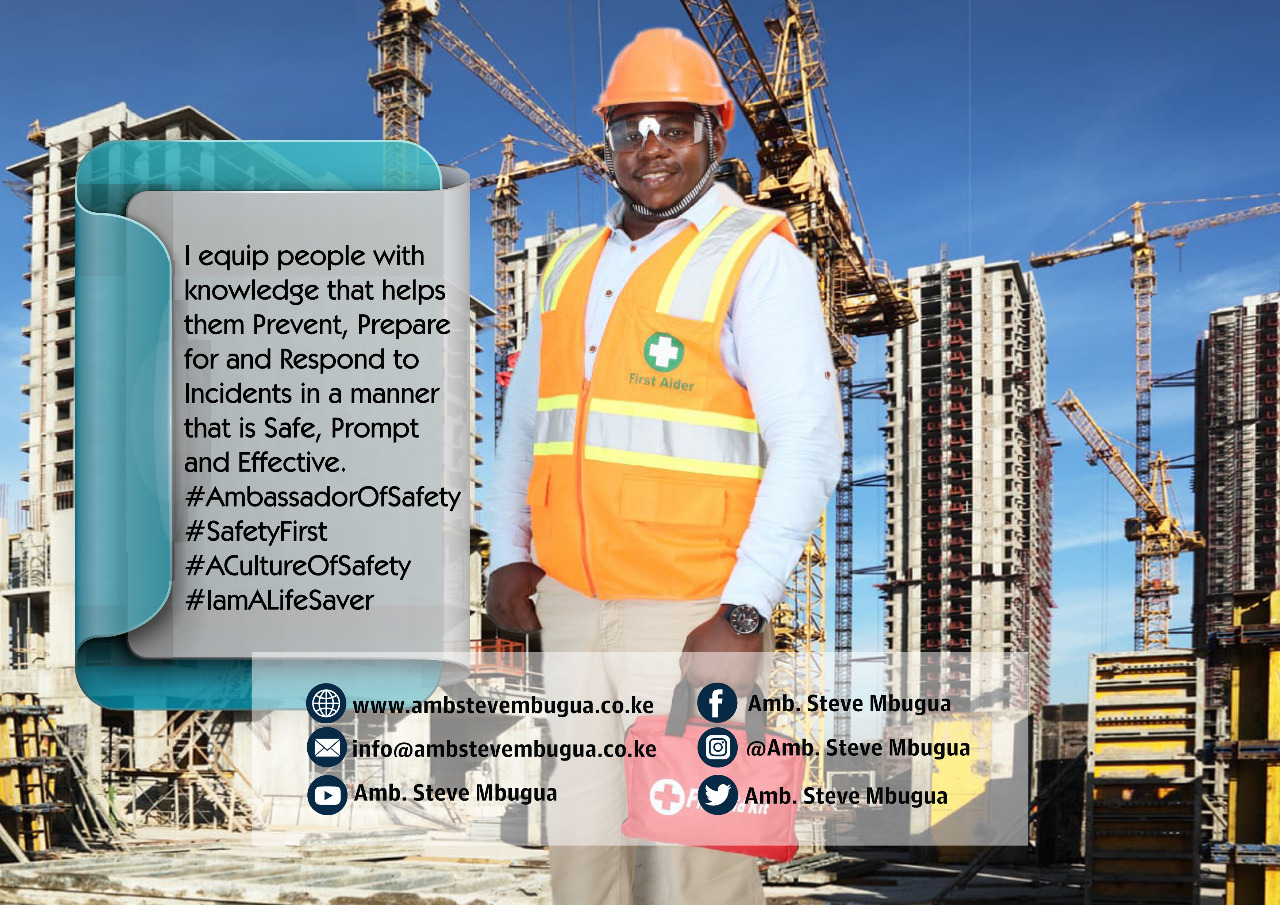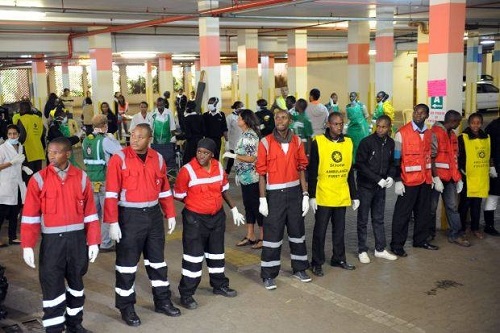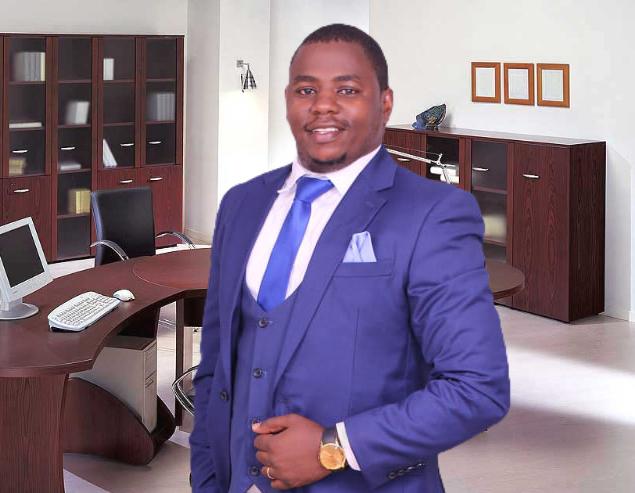It is the expectation of every employee to go to work happy and go back home in the evening happy, fulfilled and safe. It is the expectation of parents that the kids would always be safe at school. It has always been hoped that Occupational Health and Safety practitioners, policy makers and the private sector in Africa and more so Kenya will collectively take up the challenge of making concerted efforts to seek solutions that will enhance equity and collective improvement in OHS Management.
The major challenge is sustaining continuous improvement and making improvements that are long lasting. Collaboration among the different government agencies concerned is very crucial.
In Kenya, the Directorate of Occupational Safety and Health Services should continue to collect, analyze and disseminate consistent, disaggregated statistics on safety, health and welfare in the informal sector including households, churches and schools. These statistics will enable and promote the identification of specific policies and programmes aimed at ensuring that the informal economy provides more decent policies and promote safety, health and welfare at the workplace. “Unless we have a clear vision we may not plan, Unless we plan we may not do, Unless we do we may not check and measure performance on OSH, Unless we check we may not take improvement and Unless we improve we cannot reduce accidents, diseases and discomfort at the workplace.” Pius W. Makhonge, MBS,Former Director, DOSHS.
Continuous improvement is the most powerful concept to guide management. In occupational safety and health, this is derived from the development of a safety culture in organizations.
Safety culture is a set of beliefs, norms, attitudes, roles and social and technical practices concerned with minimizing exposure to dangerous or injurious conditions.
Fire Safety is a major part of Occupational Safety and Health management. Fire accidents are devastating and negatively affect both employees and businesses. Most fire incidents are caused by human error mainly where OSH Programmes have not been given priority. The enactment of the Legal Notice 59 ,the Fire Risk Reduction Rules 2007 laid down the basic minimum on Fire Safety. Notice requires that every occupier (employer) establish a firefighting team to respond to fire emergencies and also train their workers on fire safety.
This is also important under business continuity planning that hazards threatening organizational survival are mitigated. OSH Management systems have influenced fire safety awareness and preparedness in Kenyan organizations.
Originally, organizations implemented systems to meet the legal requirements only. This meant that organizations would have the firefighting systems but ignore the fact that the systems needed to be operated by trained persons. Employees did not know what to do in terms of evacuating themselves or others leave alone operate and extinguisher. There were incidences where workers literally threw fire extinguishers into the fire with the expectation that they would explode and put out the fire, I am one of such people.
Fire is preventable unlike other disasters like hurricanes or earthquakes. With the right OSH systems in place, trained staff and a good safety culture, emergencies can be controlled to avert catastrophic situations.
Creating a safety culture is no simple task. Safety programs tend to be the most effective when they build awareness through frequent reinforcement, team building, group interaction, positive peer pressure and constant communication.
People, not policies, prevent accidents; they do so day by day and moment by moment. Fewer accidents mean lower costs, both in human terms and on the balance sheet. So the goal is to motivate employees to adopt safety as a personal issue. Companies looking to move from a good safety culture to a great safety culture should upgrade their existing safety incentive and recognition programs or implement new ones.
Creating a great culture of safety in the workplace is the collective result of most employees’ conscious and subconscious efforts to build a safe work environment and foster safety awareness. Companies with a potentially high risk for accidents invest significant resources in employee screening, worker training, drug testing, equipment training, safety meetings and more. Yet many continue to struggle with reducing their accident frequency rates and containing expenditures. In many cases, the problem is not insufficient training or commitment; it is the failure of individuals to pay attention. Airplane clashes, truck accidents, industrial fires and the like are very often traced back to human error.
Safety is both a personal and collective responsibility. To foster a safety culture it starts right away from the family level. In fact it is an essential component of the socialization processes that begins in our earlier formative years till late in twilight years of our lives. The risks are all over. In thunderstorm prone areas people lose life and property. In our households there are 1001 dangers and risks- fire outbreak, food poisoning, infections, bad thoughts etc. Farmers face numerous risks too – the sprays, fertilizers, attack by bees or hostile bulls. Educational institutions are not spared either- bullying, stress, infections fire etc. Even our workplaces are full of risks.
Every year heavy rains cause floods and landslides that lead to loss of life and property. Do we choose to be unsafe? A culture of safety thus needs to be given a priority in terms of resources, training programs etc. It will make a difference in our lives and investments.
I have done several fire safety audits in different workplaces but sometimes it becomes so frustrating when I am engaged the following year to do the audit and find the same observation made previously is never addressed by the owners of the workplace. I think it is important for OSH to think of other strategies like thinking of training the gate keepers inorder to build safety culture. This is because, no matter how, when and where the audits are done, without a deeply rooted safety culture, accidents in workplaces will still continue. So far OSH has done its best but a shift of paradigm is necessary. Let us ensure that safety and health measures attain their end point and reach the concerned beneficiaries.
Let us join hands firmly together and ensure no injuries, damages, diseases and deaths occur. Safety is our top priority thus we want our family, school children and everybody wherever he is schooling, working to go home safely everyday; and for us to achieve this aim we must comply with the safety rules.
Health and Safety is not for one person, it is everybody’s concern both as individuals and as a team. Health and safety is not a job but it is a way of life and a culture to be embraced.
Most companies just train a few first aiders and fire Marshalls just to meet the legislative requirement but the largest number of employees does not have even the slightest knowledge/information/training on safety. We have teamed as instructors from different leading safety institutions in the country and are reaching out to the larger percentage of employees who have not gone through these trainings and we help them through safety sensitization sessions. We are all directly or indirectly affected by caused accident, diseases and incidents. Let us all arise to be all- around proactive in safety. Makinika Afrika is a premier Safety initiative creating safety awareness country wide and in all industries with a mission to creating the spirit of resilience and building a culture of safety. Please contact us via training@makinikaafrika.org for a safety awareness, fire safety training, first aid training and other related sensitization and let us build a culture of safety. You can also contact me via info@ambstevembugua.co.ke or 0724036078 or twitter @AmbSteveMbugua. Let us join hands to build a culture of safety and wellness at all places, all the time.
Click here for my you tube video




